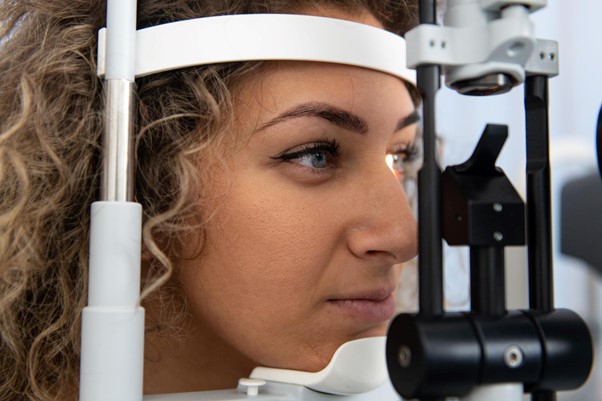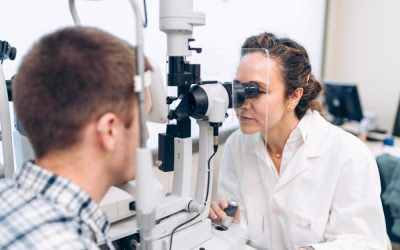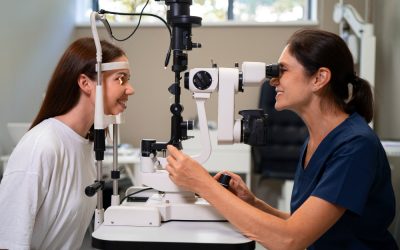Corneal Dystrophies: Symptoms, Causes, Diagnosis, and Treatment

What are Corneal Dystrophies?
Corneal dystrophies are a group of rare eye conditions. They affect the clear front part of your eye, called the cornea. Because the cornea helps you see clearly, any changes can impact your vision. These conditions often run in families. However, they can affect people of any age. There are many types of corneal dystrophies, and each type may cause different symptoms. Early detection is important for good eye health.
Common Symptoms
Many people with corneal dystrophies may not notice symptoms at first. Over time, symptoms can appear and may get worse. For example, you might notice:Blurry or cloudy visionEye discomfort or painIncreased sensitivity to lightFeeling like something is in your eyeFrequent tearing or watery eyesChanges in vision that come and go
Sometimes, symptoms can be mild. But in some cases, they may affect daily life. If you notice any of these signs, it is wise to talk to an eye specialist.
Causes and Risk Factors
Most corneal dystrophies are caused by changes in your genes. This means they can be passed down from parents to children. However, not everyone with a family history will develop symptoms. Other risk factors include:Family history of corneal dystrophiesCertain genetic backgroundsAge (some types appear in childhood, others in adulthood)
Although these conditions are not caused by infections or injuries, knowing your family history can help with early diagnosis.
Diagnosis Methods
Eye doctors use several tests to diagnose corneal dystrophies. First, they will ask about your symptoms and family history. Next, they may perform an eye exam to look at your cornea. Common tests include:Slit-lamp exam (a special microscope to see the cornea)Corneal topography (maps the shape of your cornea)Genetic testing (checks for changes in your genes)Vision tests (measures how well you see)
Because early signs can be hard to spot, regular eye check-ups are important. Early diagnosis can help with better corneal dystrophy treatment.
Treatment Options
Treatment for corneal dystrophies depends on the type and severity. Some people may not need treatment right away. However, if symptoms affect your vision or comfort, your doctor may suggest:Eye drops or ointments to ease discomfortSpecial contact lenses to protect the corneaLaser treatment to remove cloudy areasCorneal transplant surgery in severe cases
Because each case is different, your eye specialist will recommend the best plan for you. New treatments are being studied, so regular follow-ups are important.
Prevention and Lifestyle Tips
While you cannot always prevent corneal dystrophies, you can protect your eye health. For example, you can:Get regular eye exams, especially if you have a family historyWear sunglasses to protect your eyes from sunlightAvoid rubbing your eyesFollow your doctor’s advice for eye careEat a balanced diet for overall eye health
Although these steps cannot stop genetic changes, they can help keep your eyes healthy and catch problems early.
When to See an Eye Specialist
If you notice changes in your vision, eye pain, or discomfort, it is important to consult an eye specialist at Global Eye Hospital. Early diagnosis and treatment can help prevent vision loss. Even mild symptoms warrant regular check-ups, as some corneal dystrophies may worsen over time.
For personalized advice on corneal dystrophies, consult our eye specialists at Global Eye Hospital. Early care can make a significant difference in maintaining your eye health.


